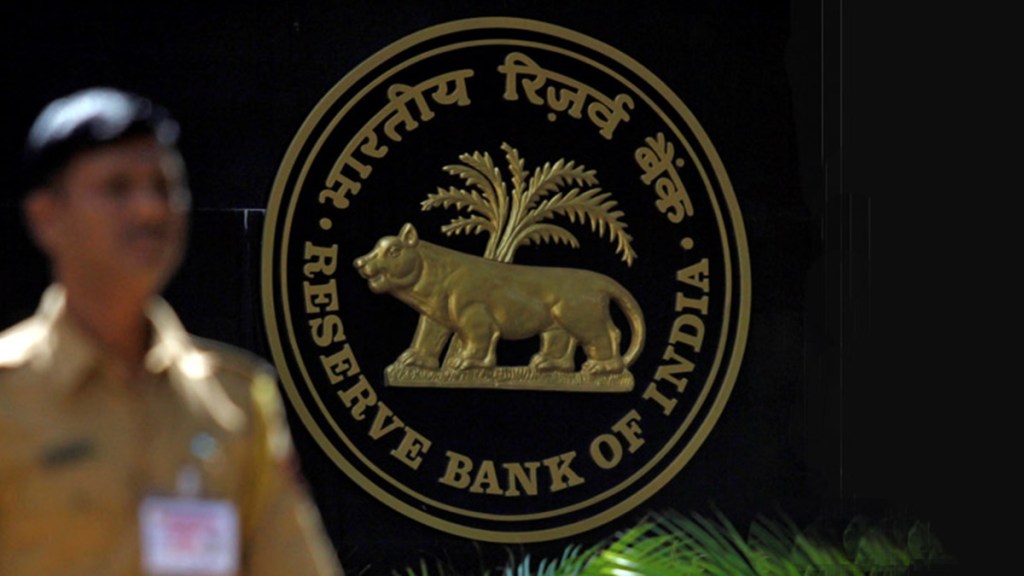With funds from banks drying up due to strictures from the Reserve Bank of India (RBI), non-banking financial companies (NBFCs) have aggressively been tapping the non-convertible debentures (NCDs) market.
Their aggression can be gauged from the fact that despite HDFC no longer being an active player in the debt market, issuances of NCDs have risen by a whopping 83% since its merger with HDFC Bank.
That is, issuances of NCDs rose to Rs 34,490 crore in September 2024, from Rs 18,775 crore in July 2023. On July 1, 2023, HDFC merged with HDFC Bank. Since then, the combined entity has stopped issuing NCDs. HDFC had around 10% share in the corporate debt market, with total NCD issuances being around Rs 97,415 crore in 2022-23.
“NCD issuances have gone up, largely because of a healthy growth, which has given investor a sense of confidence. Also, the interest rate on bank loans or cost of raising funds via NCDs is more or less the same, making this a viable option,” a treasury official at a housing finance company said.
NBFCs maintaining the liquidity coverage ratio (LCR) of above regulatory requirements has also helped these entities raise funds via NCDs as investors show confidence, said sources.
“Overall volumes have remained high on good demand for credit. Moreover, there has been an incremental demand from housing finance companies for NCDs,” said Anand Mehta, vice president, debt capital market, LKP Securities.
Bank credit to NBFCs has significantly slowed down. It grew by 11.9% on year in August, down from 21.3% a year ago, according to the latest RBI data. Owing to the decline, NBFCs have been exploring alternative routes such as non-convertible debentures, commercial papers, foreign currency borrowing and securitisation to sustain their growth.
Earlier this year, the RBI asked banks to moderate their lending to NBFCs by increasing the risk weightage by 25 bps to 125% on these loans. Moreover, bank credit to NBFCs is expected to slow down further as the central bank is likely to enforce the draft guidelines pertaining to the liquidity coverage ratio (LCR) under Basel III norms in the current form from April next year, said sources. The proposed draft guidelines, if implemented in the current form, are likely to make it more difficult for NBFCs to obtain cheaper bank credit.
“Capital markets in India have further developed due to global index inclusions which have focused on demand for fixed income and created a conducive environment for NCDs. Rise of online bond platforms has further created demand for NCDs by introducing new investors who can access bonds online. These give issuers an opportunity to tap this new investor segment,” said Vishal Goenka, co-founder of IndiaBonds.

